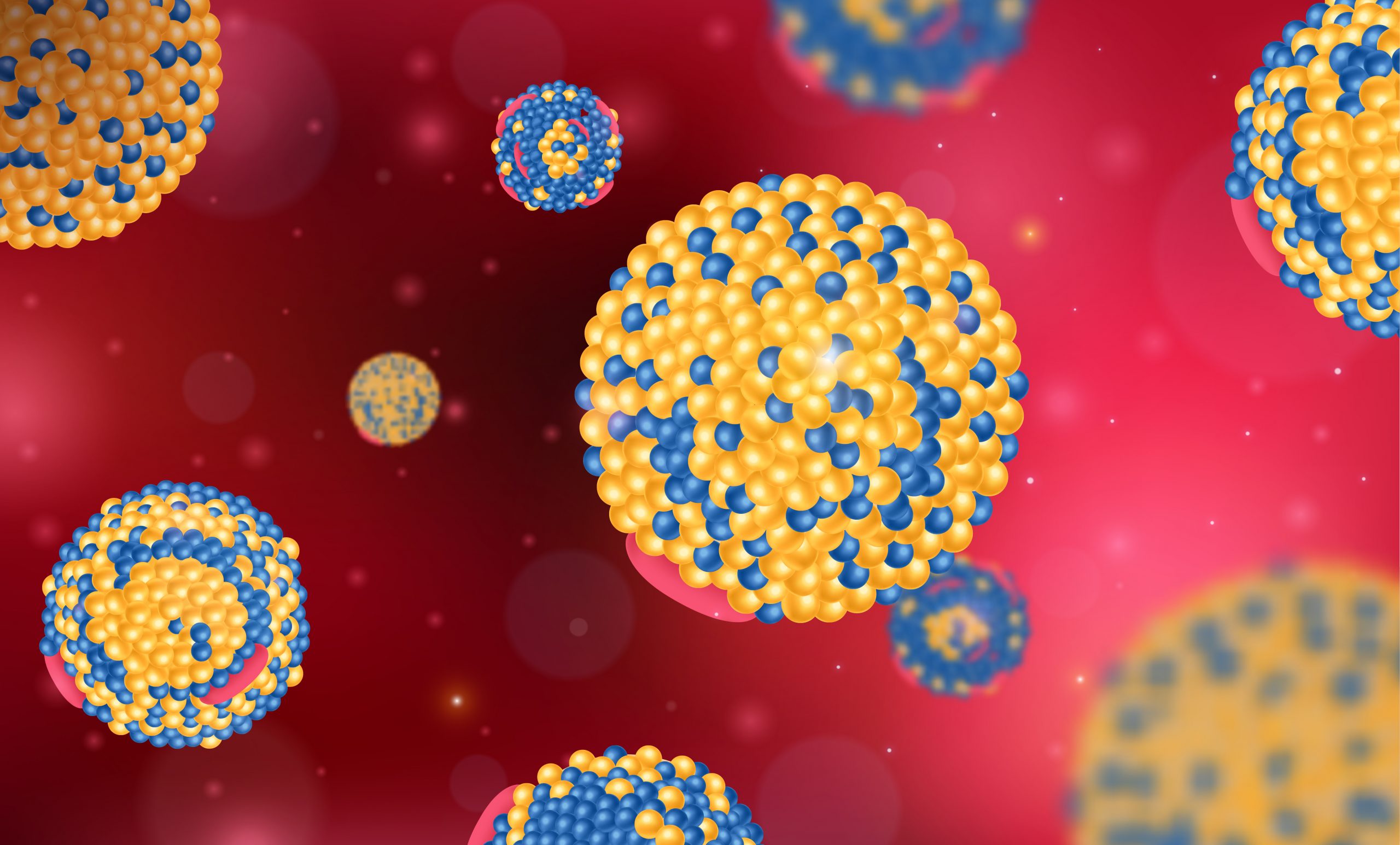

Researchers have devised a new method for distinguishing carcinogenic from healthy stem cells and progenitor cells in samples from patients with acute myeloid leukemia (AML), a disease caused by malignant blood stem cells that have previously been difficult to identify. The findings, which were published in the journal Cell Stem Cell today, pave the way for the creation of novel strategies for predicting whether patients would respond to treatment.
AML is cancer that is distinguished by the rapid growth and accumulation of aberrant white blood cells. It is believed to occur when blood progenitor cells, which usually mature into all other types of blood cells, fail to mature properly and become aberrant.
Blood stem cells are particularly important in this process because they give rise to progenitor cells and are assumed to be the cell type in which leukemic alterations occur.
It is suspected that leukemic stem cells survive chemotherapy and cause relapse. High relapse rates are a significant clinical issue in AML and a leading cause of patient death.
Understanding how blood stems cells give rise to blood progenitor cells in AML is critical for better understanding the illness, generating improved diagnostic and prognostic tools, and identifying new therapeutic targets and treatments. However, due to the great degree of diversity across patients and the similarities between healthy and malignant stem cells, this has historically been challenging.
Previous efforts to understand how leukemic stem cells and progenitor cells differentiate in AML have had mixed success because gene expression is very aberrant in the disease,” explains Sergi Beneyto, first author of the paper and Ph.D. candidate at Dr. Lars Velten’s research group at the Centre for Genomic Regulation (CRG). The authors set out to tackle this challenge by creating CloneTracer, a computational method.
The researchers utilized a technique called single-cell RNA sequencing, which examines gene expression in thousands of cells at once. They next ran CloneTracer on the data, which runs at clonal resolution and can track tumor growth by watching how individual cells acquire mutations as they arise.
CloneTracer was used to evaluate data from 19 individuals’ bone marrow samples, revealing two separate stem cell compartments: one that was largely healthy and quiescent, and another that was extremely active and mostly made up of leukemic stem cells.
CloneTracer also demonstrated that mutations, including seven of the ten most frequently altered Acute Myeloid Leukemia driver genes, have the greatest impact on progenitor cells. The detected properties (phenotype) of these progenitor cells were linked to patient’s response to medication.
Because progenitor cells that have differentiated to a more mature stage respond better to therapy, the findings have implications for the prognosis and management of AML.
“Once a leukemic cell starts differentiating into a progenitor, it goes crazy and becomes very different from what a healthy progenitor cell would look like. By looking at the progenitors, we can reasonably predict whether the first-line chemotherapy will be successful. We are now working towards validating this in bigger cohorts and building clinical assays for these cell types,” says Dr. Anne Kathrin Merbach, co-first author of the study and postdoc in the group of Prof. Carsten Müller-Tidow at the University Hospital of Heidelberg.
One of CloneTracer’s disadvantages is that single-cell RNA sequencing is expensive, time-consuming, and impractical for clinical usage. Instead, the researchers intend to use FACS (fluorescence-activated cell sorting), a technique commonly used in leukemia research and available in most hematology medical departments around the world, to characterize the progenitor cells and predict response to chemotherapy.
While predicting chemotherapy response is crucial, the study’s authors admit that until targeted medicines target the real leukemic stem cell compartment, the influence on recurrence and long-term survival is limited. CloneTracer’s clonal resolution enabled the researchers to describe the gene expression signature of this crucial cell type, which does not react well to first-line treatment. They caution that larger sample sizes will be needed to identify and validate their findings before they can lead to improved therapies.
more recommended stories
 36-Week Pre-eclampsia Screening May Reduce Term Risk
36-Week Pre-eclampsia Screening May Reduce Term RiskA New Preventive Strategy for Term.
 Cardiovascular Risk and Sudden Cardiac Death in Diabetes
Cardiovascular Risk and Sudden Cardiac Death in DiabetesRising Sudden Cardiac Death (SCD) Risk.
 Poor Kidney Function and Alzheimer’s Biomarkers Explained
Poor Kidney Function and Alzheimer’s Biomarkers ExplainedPoor kidney function may influence levels.
 Walking Speed Before Hip Replacement Predicts Recovery
Walking Speed Before Hip Replacement Predicts RecoveryNew Evidence Points to a Simple,.
 Neuroblastoma Drug Combo Extends Survival in Models
Neuroblastoma Drug Combo Extends Survival in ModelsA Promising Shift in High-Risk Neuroblastoma.
 How Soybean Oil Impacts Weight Gain and Metabolism
How Soybean Oil Impacts Weight Gain and MetabolismWhy Soybean Oil May Affect Metabolism.
 Coffee and Cognitive Function: Evidence Review
Coffee and Cognitive Function: Evidence ReviewA new narrative review in Cureus.
 Colorectal Cancer Screening Rates Low in Adults 45–49
Colorectal Cancer Screening Rates Low in Adults 45–49Recent UCLA research reveals that colorectal.
 Gut Immune Cells and Long-Lasting Antiviral Protection.
Gut Immune Cells and Long-Lasting Antiviral Protection.Breakthrough Findings on How Gut Immune.
 Mild Pancreatic Duct Dilatation Signals Higher Cancer Risk
Mild Pancreatic Duct Dilatation Signals Higher Cancer RiskEarly Structural Changes Offer Critical Clues.

Leave a Comment